Pixel 10 Pro XL in tech: Tensor G5, AI, and Qi2
The Pixel 10 Pro XL switches to TSMC's Tensor G5 to address the heat problem, adds Qi2 Pixelsnap magnets, and Material 3 Expressive. However, raw performance and battery life haven't seen the expected leap.
The Pixel 10 Pro XL marks the 10th generation of Google's smartphones with three key changes: switching the processing platform to the Tensor G5 manufactured by TSMC to address overheating, integrating the Qi2/Pixelsnap magnet ecosystem for charging and accessories, and Android 16's Material 3 Expressive interface layer. This article analyzes the principles, technical advantages/disadvantages, and a quick comparison with competing solutions.
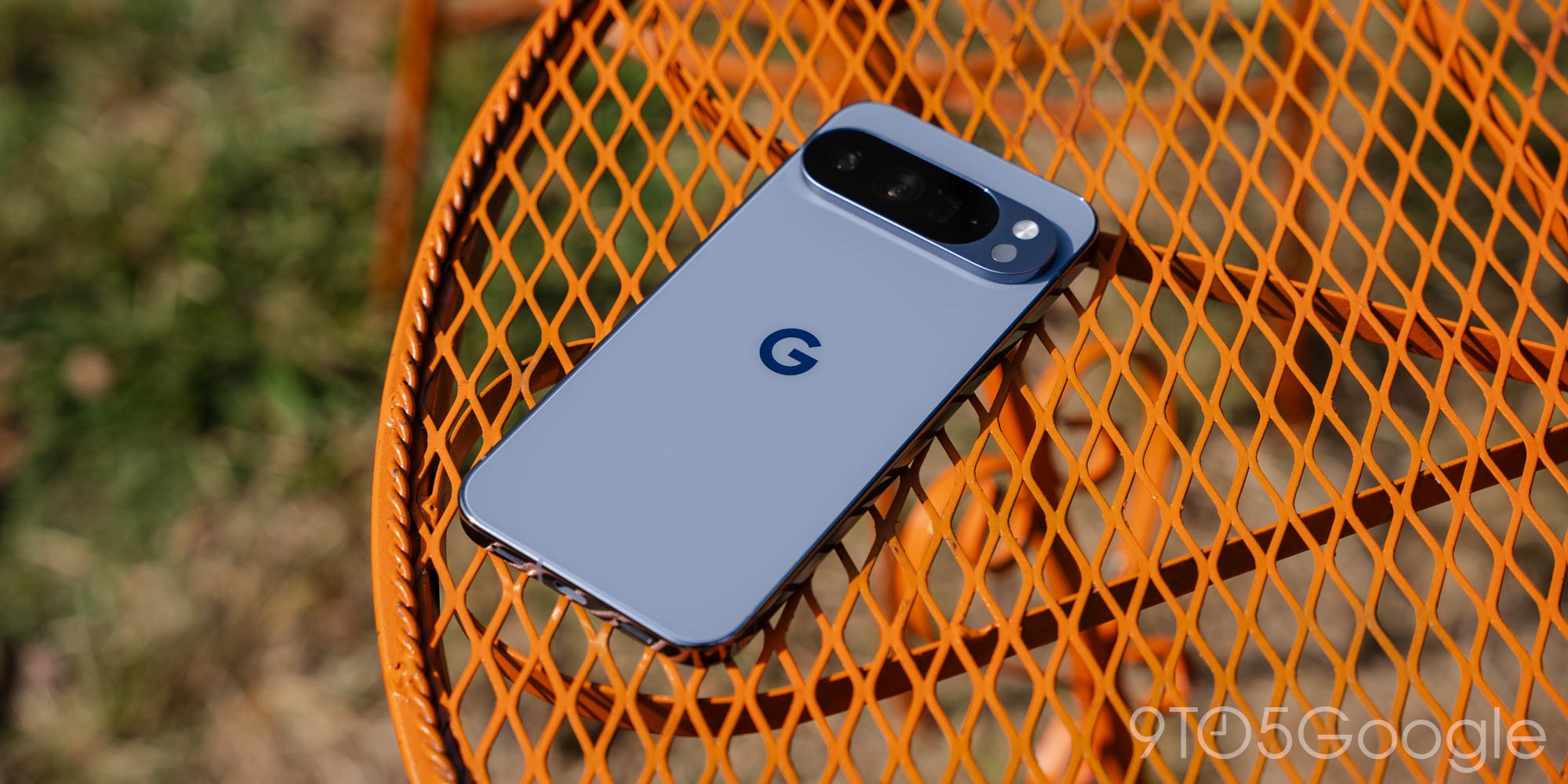
Tensor G5 under the microscope: TSMC moves to treat heat, not race for points
The Tensor G5 is the biggest change since Google introduced Tensor in the Pixel. Moving production to TSMC directly addresses the thermal shortcomings of previous generations: the device runs cooler during most everyday tasks; it only gets warm during initial setup or heavy gaming, then cools down quickly. Compared to devices using Snapdragon 8 Elite or 8s Gen 4, the Pixel 10 Pro XL still lacks in raw power, but the smoothness of the interface, basic multitasking, and common tasks are not significantly affected.
Pairing it with UFS 4.0 storage on the 256GB and higher models improves responsiveness, though not as dramatically as we’ve seen from Samsung or OnePlus. That’s likely because the Pixel interface is already optimized at the same level as before. In other words, Google prioritizes thermal stability and AI optimization over benchmark hunting.
Screen, frame and Gorilla Armor are still “missing”
The 6.8-inch, 120Hz LTPO OLED display with a peak brightness of 3,300 nits makes for great outdoor visibility. However, the upgrade benefits are in the “diminishing returns” zone compared to the last generation. Unfortunately, there’s no Gorilla Armor-like anti-glare and scratch-resistant glass (found on some competitors); the glass can scratch slightly after a few days of use. The 232g weight makes the body feel solid, but it’s noticeable when held for long periods of time; the glossy frame gets smudges more easily than the matte frame.
Qi2 and Pixelsnap: from standardized charging to an accessory ecosystem
The integration of Qi2 magnets (Pixelsnap) changes the way accessories are used: aligning wireless charging precisely and neatly, attaching wallets, car mounts or removable batteries in the MagSafe style is easier. The attraction on the Pixel 10 Pro XL is a little weaker than the iPhone, but the big benefit is standardizing the magnet position, helping both genuine and third-party cases align consistently.
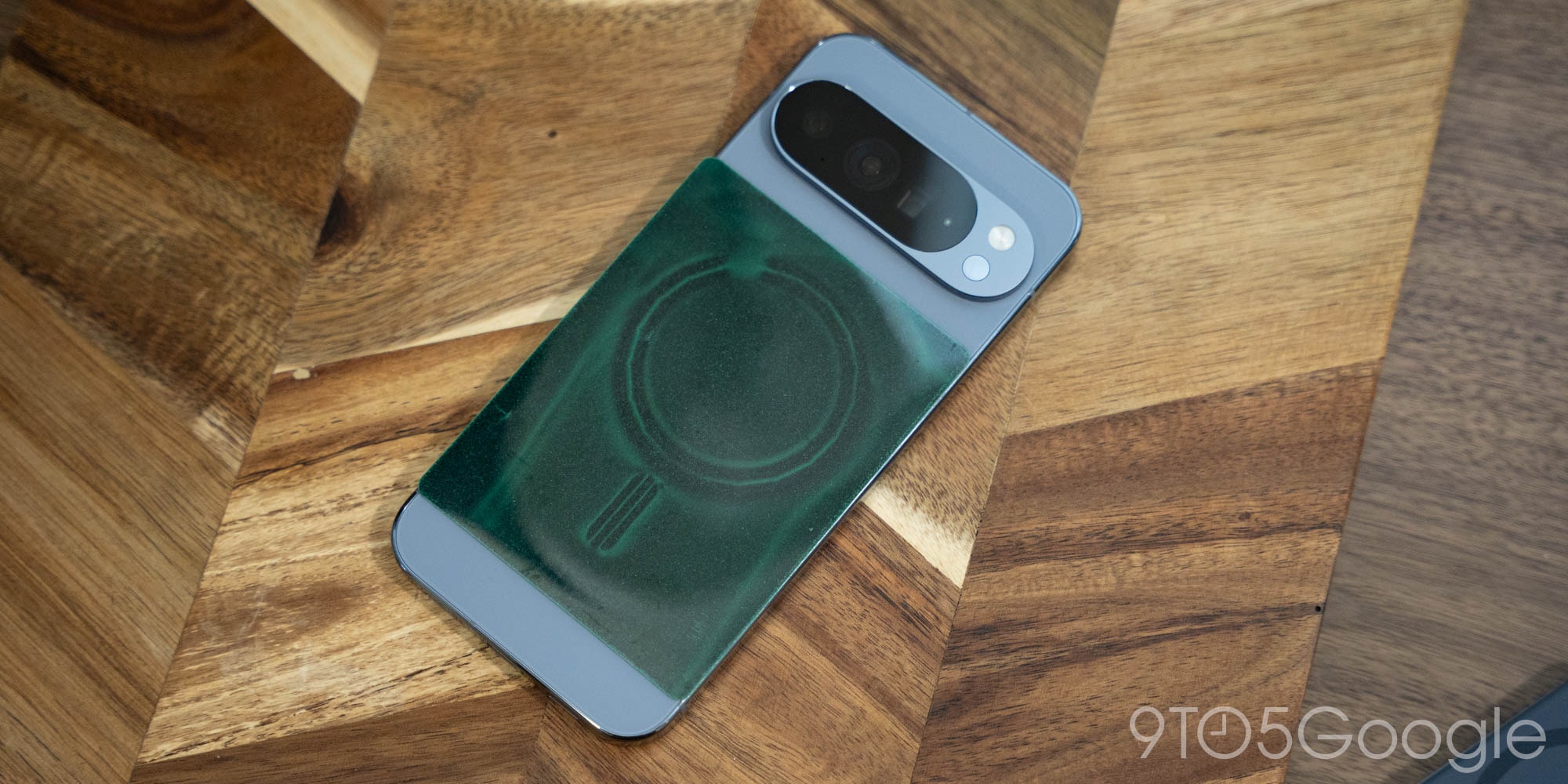

Material 3 Expressive and AI layer: refreshing the experience without being unfamiliar
Material 3 Expressive appeared with Pixel 10, bringing a bolder interface, clear clusters of functions, Quick Settings button size customization, an additional row of apps on the home screen, AI background effects that crop subjects or blend with the weather. This is an update that focuses on refining the experience, creating a new feeling without confusing the user.
In the AI layer, Google continues to push examples of “right” use of AI: Gboard tweaks, speech-to-text, and Gemini replacing Assistant. Magic Cue promises to provide contextual suggestions (calendar, maps, messaging, etc.), but its support is currently limited due to app dependency; users who are not in Google Messages or the supporting ecosystem will see less benefit.
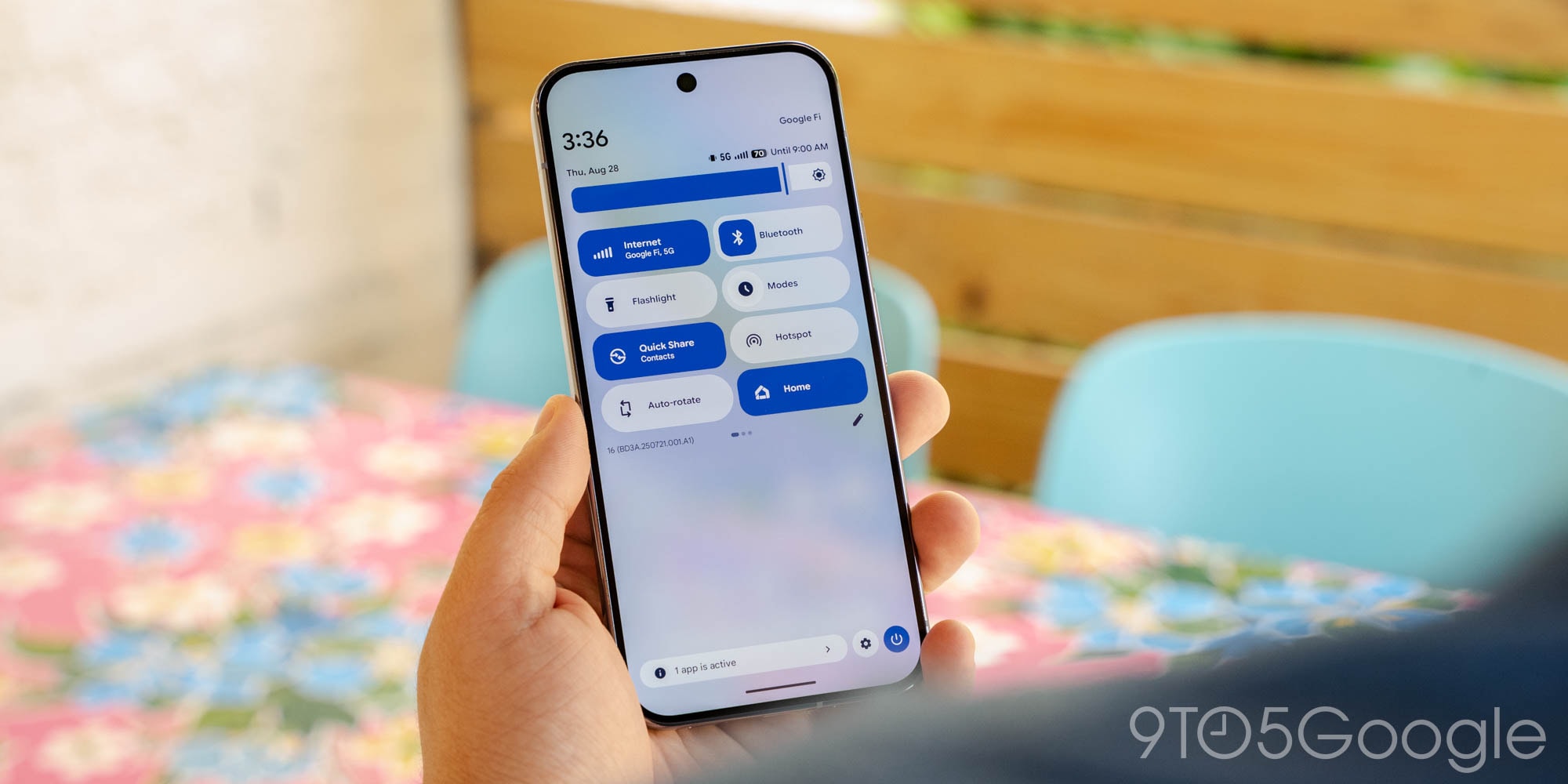
Camera: highly consistent, but less “dramatic”
This year’s camera setup maintains a “steady” quality: photos are often realistic and full of detail, but heavy HDR processing flattens contrast, making real-life scenes less vibrant than they felt in situ. A reasonable improvement would be to provide in-camera style presets, allowing users to choose the color tone/contrast of their choice (similar to what some manufacturers are doing).
The new 100x feature is based on “Pro Res Zoom” that combines data processing and AI generation to sharpen distant subjects. The results are useful for trees and architecture, but can be misleading for text or fine details; the camera still saves both the “real” 100x frame and the AI-enhanced version for users to choose from.
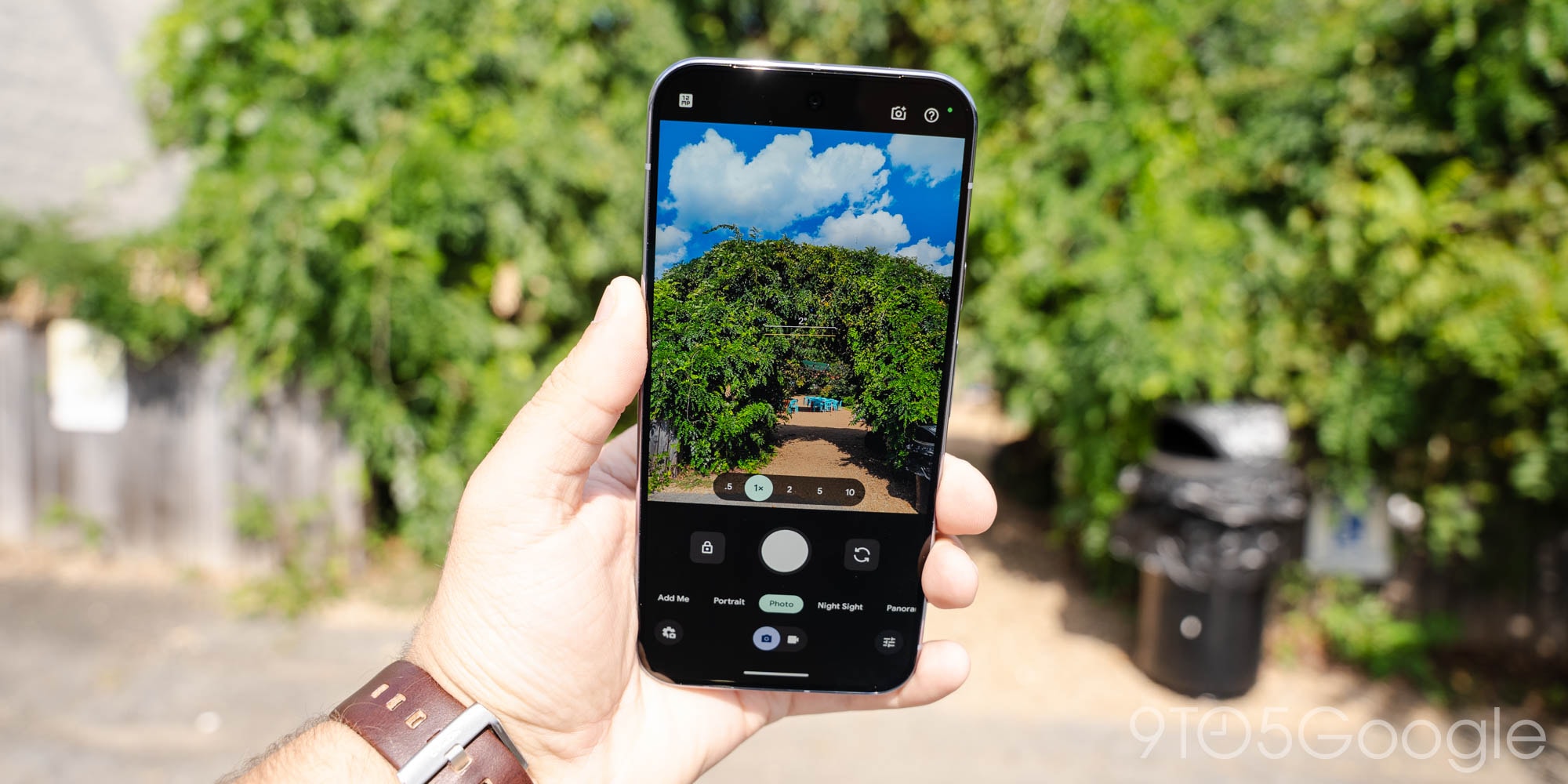
Battery, charging and connectivity: nice numbers but not a breakthrough experience
The 5,200 mAh battery, TSMC process, and UFS 4.0 all theoretically benefit battery life, but the improvement in practice is less than expected: typical readings are around 3–5 hours of screen-on time for 14–17 hours of use before the battery drops to 25%. Wired charging stops at just under 40 W, wireless charging increases to 25 W with compatible Qi2/Pixelsnap accessories. Connectivity-wise, the US version ditches the physical SIM tray in favor of an eSIM; check your carrier's eSIM activation process before switching.
The speaker of the device has been improved in volume and thickness of the sound range. The new genuine case has a soft surface, integrated with Qi2-supported magnets; the suction force through the case is even better than using the ceiling of the device.
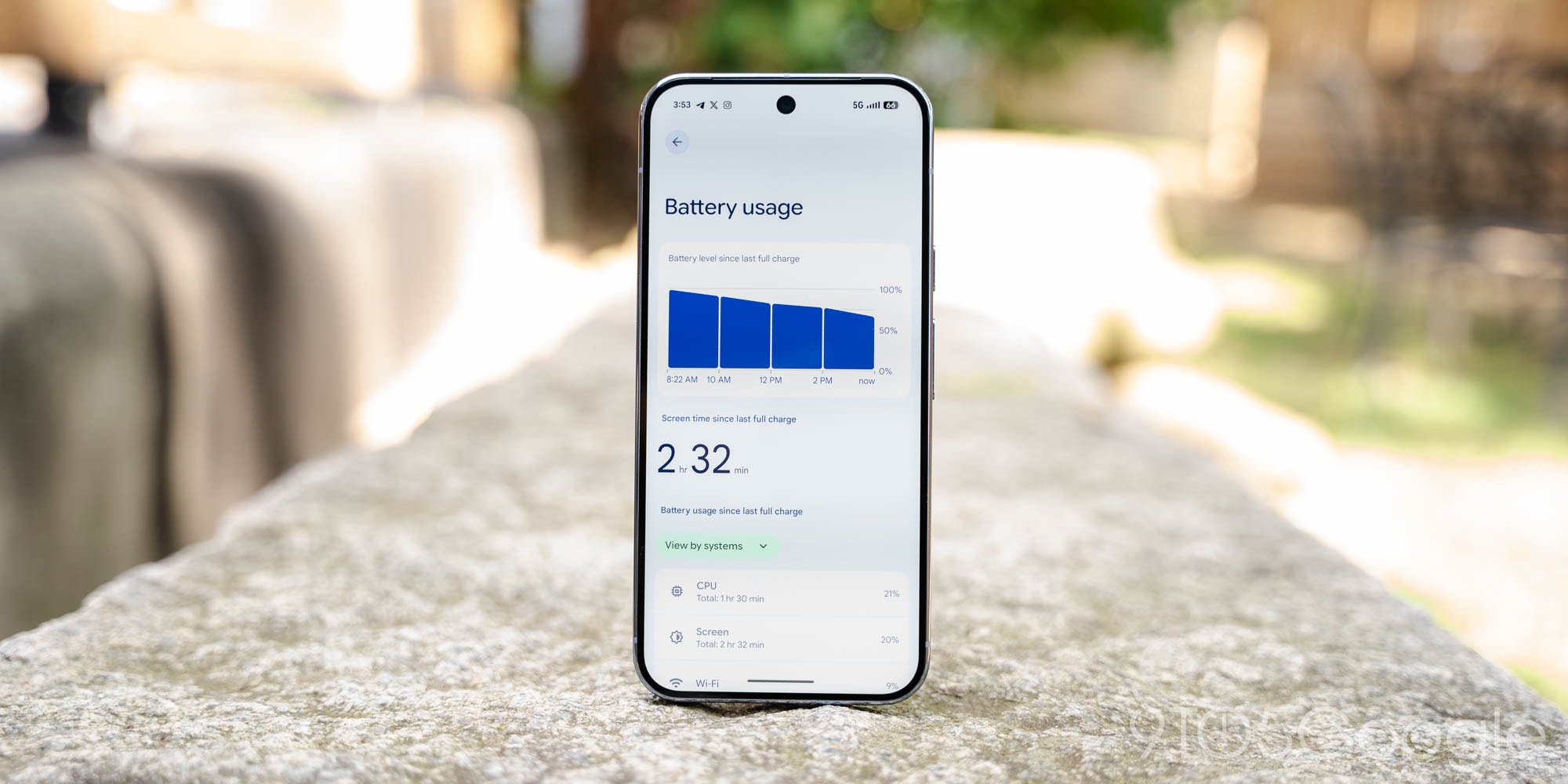
Key technical summary table
| Category | Specifications/Notes |
|---|---|
| Processor chip | Tensor G5, manufactured by TSMC; prioritizes thermal stability and AI |
| Screen | 6.8-inch LTPO OLED, 120 Hz, 3,300 nit peak |
| Storage | UFS 4.0 (from 256 GB version and above) |
| Weight | 232 g |
| Battery | 5,200 mAh |
| Wired charging | Nearly 40 W |
| Wireless charging | Qi2/Pixelsnap, up to 25W with compatible accessory |
| Biometric security | Ultrasonic fingerprint sensor under the screen, Face Unlock |
| Connect | eSIM (US version removes physical SIM tray) |
Quick comparison and future direction
Compared to Snapdragon 8 Elite devices (e.g. Galaxy S25 Ultra, OnePlus 13), the Pixel 10 Pro XL loses in raw performance and heavy processing speed, but in return, it has stable temperatures, deep AI integration, and a consistent interface experience. The display is top-notch but not much better than the last generation. The Qi2/Pixelsnap ecosystem helps the Pixel catch up with the already rich world of magnetic accessories.
In the near term, reasonable margins for improvement lie in: better anti-glare/scratch glass, photo style options to restore the “drama” to photos, and expanding the context/application range of Magic Cue. With the Tensor G5 having solved the thermal problem, Google can devote some margin to further optimizing graphics performance and extending real-world battery life.


